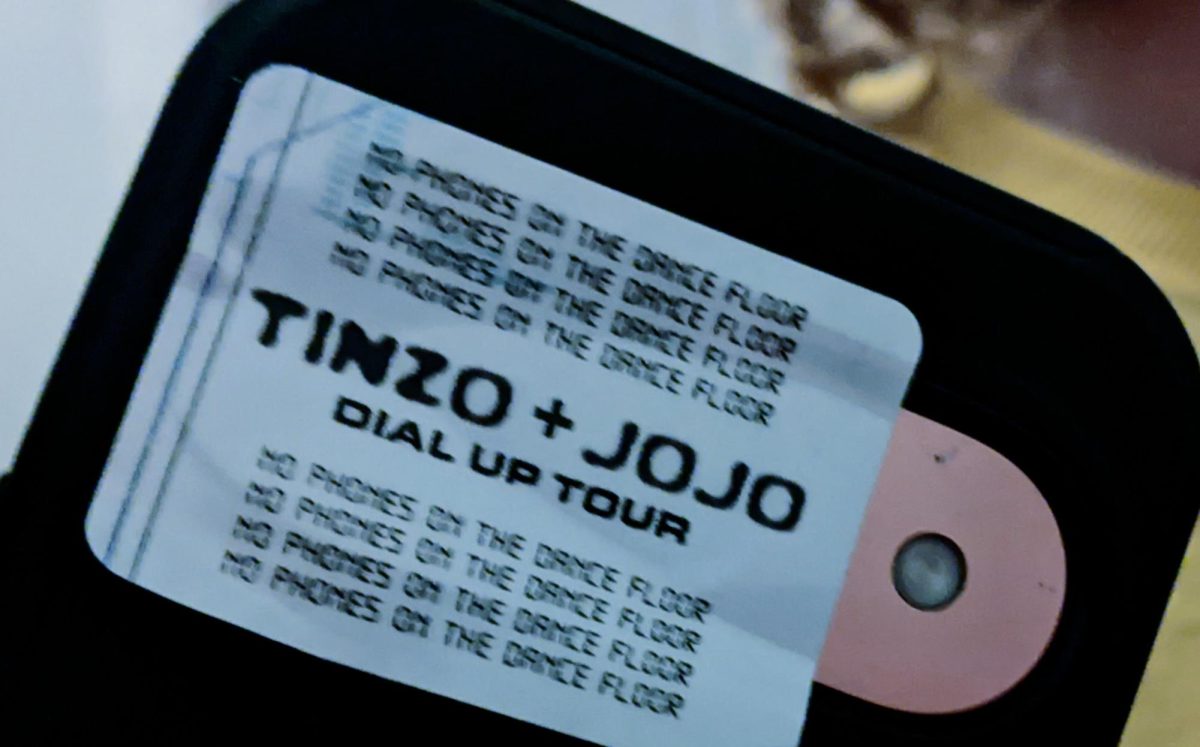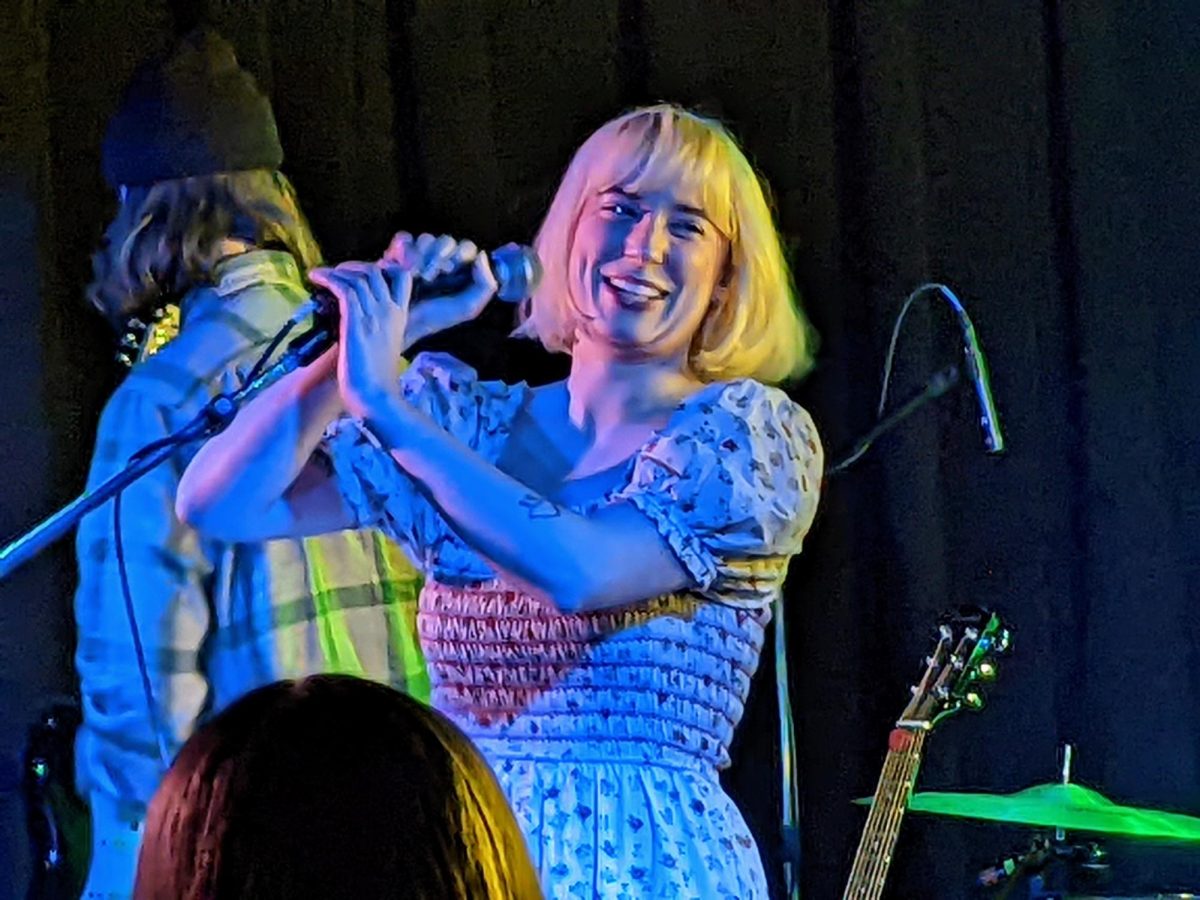It’s hard to imagine children recalling specific works of modern art from school field trips to the Walker Art Center. But then, Chuck Close’s “Big Self-Portrait,” a piece often cited as memorable by young visitors years later, is a powerful work.
Now multiply the power of that work by 80.
In organizing the Chuck Close: Self-Portraits 1967-2005 exhibit, the Walker and the San Francisco Museum of Modern Art collected more than 80 of the artist’s famous self-portraits. The exhibit is the first by a single artist in the Walker’s newly expanded space and makes powerful statements regarding the definition of modern art and the value of supporting an artist over time.
The piece that marked the beginning of the Walker’s interest in Close also marked a milestone for the artist. Created in his first years out of graduate school, “Big Self-Portrait” was the first of Close’s works to be purchased by a public institution, the Walker, in 1969.
In the piece, Close’s own face, virtually expressionless with a cigarette hanging from the side of his mouth, looms large on a 7-foot by 9-foot canvas. The overwhelming attention to detail begs the immediate questions of process and medium: Is it a photograph? How did he create it?
Process and product
As a museum docent might tell a group of visiting children, all of Close’s portraits are made by first snapping a photograph. He then places a grid over the photograph and begins transferring the visual information in each box onto the canvas, treating each box as a work in itself. Only later does he look at the piece as a whole to examine the relationship between the photo and his new piece. The effect the final piece produces depends heavily on the media he chooses.
Beyond “Big Self-Portrait,” this collection highlights Close’s use of a variety of techniques and media used throughout his career.
Close is known for experimenting with everything from paint applied by airbrush and printmaking to photography – several daguerreotypes, a mid-19th century technique, are on display, along with collages made from large-scale Polaroid pictures – so seeing more than 80 works on the same subject in one place is more, not less, intriguing.
Visitors can also trace changes in Close’s physical appearance. In the exhibit, loosely organized by chronology, he transforms from a self-proclaimed “angry young man” in the ’60s to a calmer, bearded man in his 60s.
Defining “modern art”
In some ways, Close’s work is nothing new: The portrait is as old as ancient Rome, and the self-portrait dates back more than 400 years.
Ironically, in the abstract, nonrepresentational world in which Close was educated, creating portraits seemed nontraditional. In art school, Close searched for subjects and methodology that were less expressive and more rule-governed than what conventions of the time dictated, making his work decidedly “modern.”
He later focused solely on the human face, both his own and those of his friends.
Popularity contest
When it comes to modern artists, Close is among the most popular and a household name to many, said Siri Engberg, curator of Visual Arts at the Walker and co-curator of the Close exhibit. This popularity was demonstrated by the enthusiasm present at the exhibit’s opening in July.
There are several possible reasons Close is so well-liked by museum-goers, she said.
“I think what attracts people to the work is the attention to process,” she said. “His work is always based on a photograph and always based on a grid, but then there are his broad methods of execution.”
Engberg also notes that the size of Close’s pieces make him a memorable artist.
“(The scale of the work) is really impressive to people. His face grabs you instantly when you look at it,” she said.
Overall, Close possesses a “very accessible body of work,” she said.
In the relationships
Given Close’s popularity today, it’s likely that any number of institutions would love to show his work. The Walker was able to do its part in putting together the Self-Portraits exhibit precisely because it supported Close when he was not as popular as he is now.
“The Walker has historically been known to begin building relationships with artists very early, before the artist has become a known entity in the art world,” Engberg said.
The museum is also committed to following that artist through his or her career and to collecting more than just one piece by an artist, she said.
Close and the Walker previously cemented their relationship by hosting the first major retrospective of his work in 1980.
The importance of his relationship with the Walker and Minneapolis has been acknowledged by Close, most recently at the opening of the Self-Portraits exhibit. Close likes to tease the Walker that it took them several years to pay the $1,300 price tag on that first painting, Engberg said.
Judging by the nearly $100 million-dollar expansion the museum just completed, it seems that Close’s body of work and the Walker have grown alongside each other.







